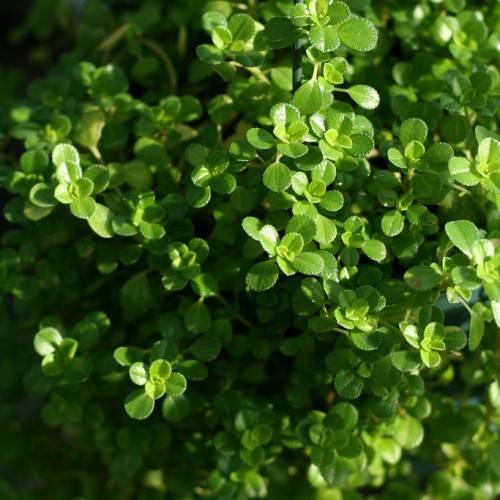
artillery plant
Pilea depressa
Also Known As - giant baby's tearsCycle:
Perennial
Watering:
Minimum
Hardiness Zone:
3
Sun:
Full sun
Soil:
Well-drained
Cones:
Yes
Leaf:
Yes
Growth Rate:
Moderate
Maintenance:
Low
Drought Tolerant:
Yes
Care Level:
Medium
watering
Colorado blue spruce should be watered every 7 to 10 days. Water thoroughly, making sure the soil is saturated and allowing some water to runoff. Avoid having wet leaves after watering. Water when the top inch to inch and a half of soil is dry to the touch. If the soil feels cold or you cannot determine if it is dry, water. Watering Colorado blue spruces during mid-day ensures the water is absorbed as opposed to evaporating quickly.
sunlight
Colorado blue spruce is a plant species that thrives best when it receives full sunlight for at least 6 to 8 hours per day. The best amount of sunlight for this species is during the spring and summer months when the days are longest. Since Colorado blue spruce is native to the Rocky Mountains, it is accustomed to more intense and direct sunlight for a greater portion of the day. During the winter months, less sunlight will be available, as the days are shorter, but the tree should still be exposed to sunlight for several hours every day.
pruning
For Colorado blue spruce (Picea pungens f. glauca), pruning should be done at the beginning of spring (March or April.) Pruning should be light and focused on thinning out clusters of branches, removing dead or damaged branches, and encouraging growth of desired features. Make sure to leave healthy branches intact and prune rather little at a time. Excessive pruning will make the Colorado blue spruce look unnatural and stressed. By removing the oldest and innermost branches each year, the growth of the tree will be encouraged, and some of the larger branches can be reduced as well.
